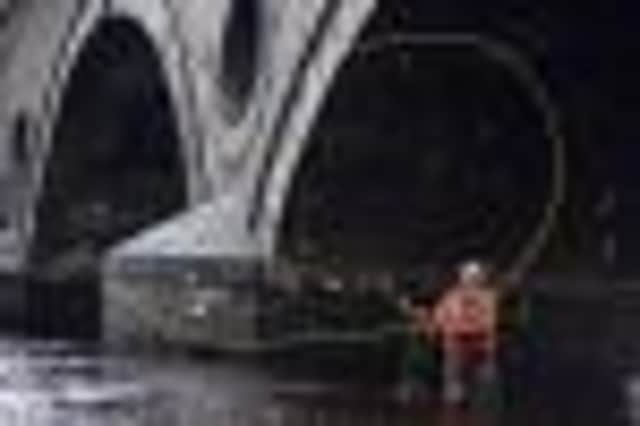Salmon and trout catches healthy in Scotland as anglers stick to river code


The Scottish Government figures showed the rod catch of salmon reached 87,915 last year. The vast majority hooked on the line were returned to the rivers by anglers under the catch and release policy aimed at ensuring the long-term survival of the king of fish. Under the anglers’ voluntary conservation code, 73 per cent of all salmon caught on Scotland’s rivers were released – rising to a 91 per cent release of the vital spring component of the catch.
During the year the total reported rod catch of sea trout was 23,324 – an increase of 4 per cent compared to the previous five-year average. Seventy per cent of the sea trout catch was also released back in the rivers.
Advertisement
Hide AdAdvertisement
Hide AdPaul Wheelhouse, the Scottish environment minister, welcomed the continued boost for one of Scotland’s most important leisure industries. He said: “Salmon and sea trout fishing is a key part of Scotland’s rural heritage and modern economy and the Scottish Government is fully committed to ensuring that it remains so.
“In addition to delivering valuable local employment the sector provides a recreational activity enjoyed by locals and visitors alike. Indeed, salmon fishing attracts substantial numbers of visitors to Scotland, benefiting local hotels and businesses.”
He continued: “The practice of catch and release plays an important role in the continuing conservation of our freshwater fisheries. The upward trend in catch and release is therefore welcome and demonstrates that anglers are very aware of the need to sustainably fish salmon and sea trout.”
Dr Alan Wells, the policy and planning director for the Association of Salmon Fishery Boards, welcomed the confirmation that rod catches of salmon remained high in 2011. “This is partly testimony to the good management and conservation policies being exercised by fishery boards, supported by fishery trusts,” he said.
“It is important to emphasise that these conservation initiatives, particularly catch and release, are largely delivered on a voluntary basis. They reflect a partnership approach with fishery managers and anglers working together to ensure that stocks of this iconic species are maintained.”
The Scottish Gamekeepers Association also welcomed the figures. Alex Hogg, the association chairman, said Scotland’s ghillies and fisheries bosses should be applauded for their efforts in promoting the voluntary catch and release code and helping to preserve vital stocks.
“These statistics are very encouraging and prove that individuals can make rational and intelligent choices about conservation without being compelled to do so by law. Anglers in Scotland provide a major boost to the rural and national economy and are part of the countryside way of life and heritage.
“Ghillies and river bosses have done a great job in promoting the benefits of catch and release as guardians of these rivers and lochs and deserve great credit. Many operate their own catch and release policies and quota systems and are active on a daily basis in safeguarding the ecology of these rivers.”
Mr Hogg said that angling was estimated to be worth £113 million annually to the Scottish economy.